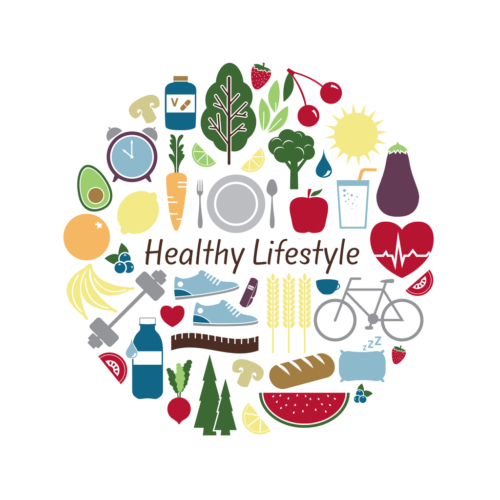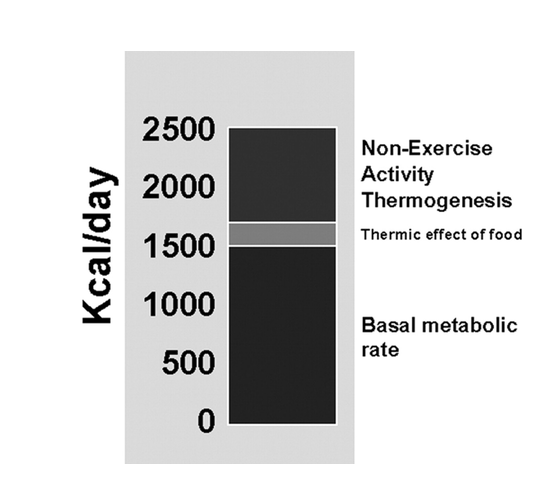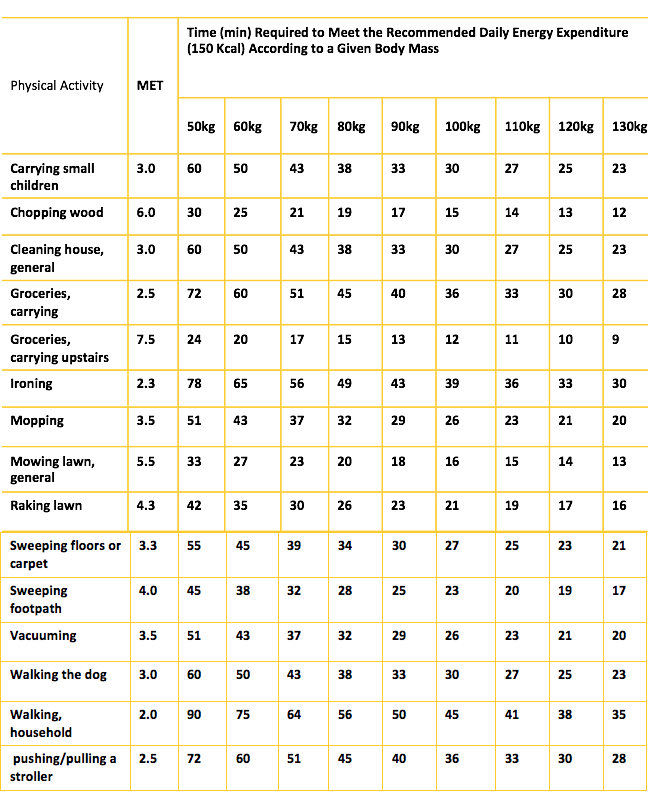Article by Gill Cummings-Bell BA (Hon’s) M.Sc. MBA. PGCE. MIfL
After 35 years in the health industry I have begun to question what it takes to make the choice to change your lifestyle and choose a healthier way of living. To make choices every day of good nutritious healthy food and fluid, plenty of rest and recuperation, good quality movement of our bodies every day and not just as an exercise or training programme but as a real way of life as well as a good exercise and movement regime. I have watched with horror people very close to me destroy their health over time, have a death experience, to not be able to walk or enjoy activities due to ill health – and yet despite all that, still no desire to change to a healthier lifestyle and to go through that pain barrier of change.
 Can we step out of the box and walk over the bridge to a healthier lifestyle that will enhance our ability to live life to the full. Is it just a simple matter of make an adult decision and make the choice? Interested? Well read on. I am a northern lass at heart and was brought up with all sorts of food including a good Scottish upbringing of fried food and even fried mars bars from the chippy. I remember sugar butties after school and lots of other foods that would definitely make the hit list of no no’s now. No one else in my family exercised and everyone smoked from an early age. I made the choice many years ago to not follow my traditional family lifestyle and follow a healthier path of good quality nutritious food, good exercise, non-smoking and an overall healthy lifestyle except for one thing. As a nutritionist many of you will question me on ‘why’ I didn’t change this one thing despite knowing sooooooo much about its badness and those of you that know me well will surely raise an eye brow with a ‘yep’ she does. That is ‘diet cola’. I know, I know, I know, you don’t need to tell me. Anyway to get to the point, I recently went cold turkey and dropped diet cola and I now no longer drink Any, not even a can. Early days of course but I was inspired to do it by the very first question I raised in this article.
Can we step out of the box and walk over the bridge to a healthier lifestyle that will enhance our ability to live life to the full. Is it just a simple matter of make an adult decision and make the choice? Interested? Well read on. I am a northern lass at heart and was brought up with all sorts of food including a good Scottish upbringing of fried food and even fried mars bars from the chippy. I remember sugar butties after school and lots of other foods that would definitely make the hit list of no no’s now. No one else in my family exercised and everyone smoked from an early age. I made the choice many years ago to not follow my traditional family lifestyle and follow a healthier path of good quality nutritious food, good exercise, non-smoking and an overall healthy lifestyle except for one thing. As a nutritionist many of you will question me on ‘why’ I didn’t change this one thing despite knowing sooooooo much about its badness and those of you that know me well will surely raise an eye brow with a ‘yep’ she does. That is ‘diet cola’. I know, I know, I know, you don’t need to tell me. Anyway to get to the point, I recently went cold turkey and dropped diet cola and I now no longer drink Any, not even a can. Early days of course but I was inspired to do it by the very first question I raised in this article.
Why do people knowingly not change their lifestyles when the way they live is killing them. They can’t enjoy activities with friends and family because their lifestyle illnesses are preventing them even doing that. Their many trips in and out of hospital and a death experience still doesn’t make them change. Don’t get me wrong I have seen many people who do successfully change their lifestyle based on these type of experiences but many who don’t. Why? Is the question. Is it just a simple matter of making the decision? Decide to make the choice.
As a trainer in the health and fitness industry, I have studied behaviour change models for many years. I have tried to practice them with many of my clients. These theoretical models such as Prochaska and Diclemente stages of change model which you will be familiar with, there is the process of change models, decisional balance models, self-efficacy models, cognitive behavioural therapy models and I can go on. To me they are all theoretical constructs and in real life very hard to apply. No matter the theoretical model somewhere along the line in any of these constructs a person has to make a decision to change. As adults our decisions are ours. We can make excuses, lay blame at others doors, we can put up our barriers to achieving it but at the end of the day are these just decisions we also make. I have many questions and very little answers.
Can people just start to change and add movement to their lifestyle for instance? Shock tactics worked for me. I gave up diet coke. Yeah!!!!!.
As well as nutrition, I believe the first step in anyone’s lifestyle is the ability to change our ethos on exercise and movement and leave behind a sedentary lifestyle. Move every day. If we could just get people to believe in moving as a first step, then we can help. I know we can get them into an exercise session but I am talking about the true decision to make movement become part of their lives every day. We can then build up the changes with nutritional change, lifestyle change and all the changes an individual needs to make. Some of you may have read this from me before but as with all things a reminder and a revisit does no harm.
I was lucky enough to receive an ‘ iwatch’ for Christmas from my husband and he set my extra movement calorie goal on the watch at 500 calories a day. Considering this is an extra movement goal, (not my exercise goal), I didn’t think it was a lot and thought he was being quite kind. SHOCK – HORROR. In 5 hours of lecturing I only burnt 85 calories in movement. Really! This is what I do every day. No wonder I have to go the class in the evening to compensate.
I am an exercise physiologist, biochemist, so it isn’t as if I don’t know these things. Having the outcome flash on your wrist is a great reminder. When this flashed on my wrist two things came to my mind.
- How can I output more calories every day? and
- The national health service should issue everybody an iwatch. Not that that is ever likely to happen but it could save a fortune in future medical expenses.
I decided to start to tackle number one immediately. I then stood up and started to move around a little as I lectured. I also challenged the group whilst they were listening to me (yawn) to stand up for 10 minutes. It is amazing how much more you fidget and move around even when you think you are standing still. In the 10 minutes we all stood, my watch jumped from 85 calories to 127 calories. In 10 minutes of being more active I burned 42 calories. To put this into perspective, in 10 minutes of standing I burnt 49% of the movement calories I had whilst sat down for 5 hours, which included the standard driving to work and then sitting at a desk. Imagine my calorie output if I had been standing and moving for most of the 5 hours. This is N.E.A.T.
Non-exercise activity thermogenesis (NEAT).
For any mechanical job in the body to be actioned the body uses chemical energy (Adenosine Tri Phosphate. (ATP)) to convert to mechanical work. The 3 food groups we eat, carbohydrate, fat and protein, all supply the chemical reactions to keep this energy ATP generated in the body. A very complex process called metabolism. The process of generating and using this energy gives off a byproduct of heat. Hence the term ‘thermogenesis’. Heat is measured in Kilocalories (just referred to as a calorie by most of us). A kilocalorie is enough heat to raise 1g of water 1° centigrade. That is how it is measured and why we can balance calories in with calories out. This turnover of energy by the body is what is our metabolism. We want to using as many calories as we can every day, being metabolically active, and eating the right amount and balance of calories to match that. Any calories eaten, not used, will be stored.
Muscle contraction is one of the big users of ATP in the body, the more muscle tissue you have relative to your body weight, the more ATP you will use and therefore the more metabolically active you are. The more you move your body the more calories your muscles require to burn as energy. It also brings along many other health benefits to move as we know.
So NEAT is the energy the muscle contraction requires to move the skeleton, measured by the give off of heat. NEAT is everyday life movement. It is the energy we use for everything we do that is not sleeping and non-moving activities (basal metabolism), eating (thermogenesis of food) or exercise and sport (thermogenesis of physical activity). NEAT includes walking and moving around generally, fidgeting, working, performing tasks briskly and so on. Even small trivial tasks raise the amount of energy your body uses and therefore raises your metabolic output. It is the accumulation of all of the energy used by the body by moving throughout the day. This gives you your total daily NEAT. NEAT does not include sitting.
Understanding this helps you understand how critical NEAT is to keeping your body weight down at its optimum and staying healthy. Your NEAT could increase your metabolic output by anything from 15% to 35% more total calories used in a day. NEAT can vary by as much as 2000kcals per day in a NEAT (active) individual to a sedentary obese individual. Studies have shown that an overweight/obese individual sits down for 164 minutes more per day than an active individual.

James A. Levine et al. Arterioscler Thromb Vasc Biol. 2006;26:729-736
The solution is simple! Make the decision, Become a NEAT individual! Keep it NEAT!
What we need to encourage is a NEAT strategy for everyone to increase movement time by a minimum of 2.5 hours per day. Challenge yourself and your clients with this task. Say to yourself: What four things can I add to my life every day that keep it NEAT?
Here is my list!
Carry everything that belongs upstairs at home, upstairs, rather than leave it on the bottom stair until I next go up – even if I have to climb the stairs 10 times to do it.
Always take the stairs in buildings and don’t lean on the handrail, use my legs.
Get up from my desk for 10 minutes every hour at work.
Walk briskly from and too the car park.
Don’t ask anyone else to pass me anything – get up and get it myself.
When I get home after work move around the house doing things for an hour before I tempt myself to sit on the sofa. It gives me a great opportunity to cook and clean.
When I do sit down for the evening, leave my phone in the kitchen and the remote control by the television, not by myside on the sofa. This means I have to get up every time I want both.
Get up and down, in and out of chairs or the bathroom without using my hands.
Get up and down to the floor and back at home at least 10 times a day.
Walk briskly to the local shop rather than drive at lunchtime.
Carry my bags myself to and from the shops or car rather than asking my
When I am working and lecturing in the classroom, stand up. Do not sit down.
When I answer my phone walk around whilst speaking on it.
Make NEAT my statement of choice. Everything I do now I say to myself could I make this NEAT.
Set NEAT goals daily.
Keep checking my iwatch!
Check out these activities and the minutes you can do them to burn an extra 150 calories.


Once we have made this small decision to become NEAT and move then we can make the next small decision, gradually making one decision at a time to improve our health and lifestyle. Like me, it might be 35 years later when you tick the final box and remove the last unhealthy thing you do but boy when you do it, it feels good.
If you want to know more about how to teach your clients to become NEAT,consider joining Dr Paul Batman on the NEAT coaching course.
